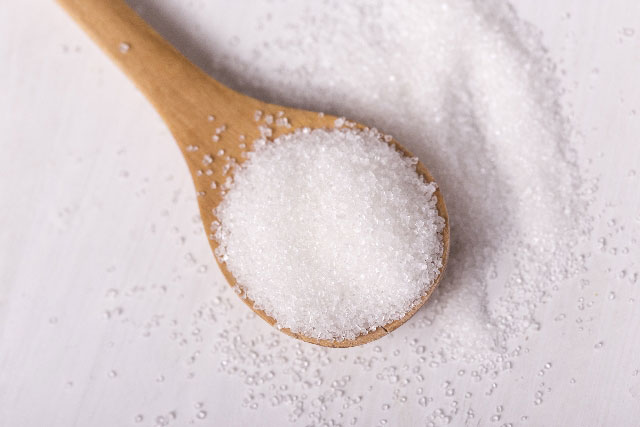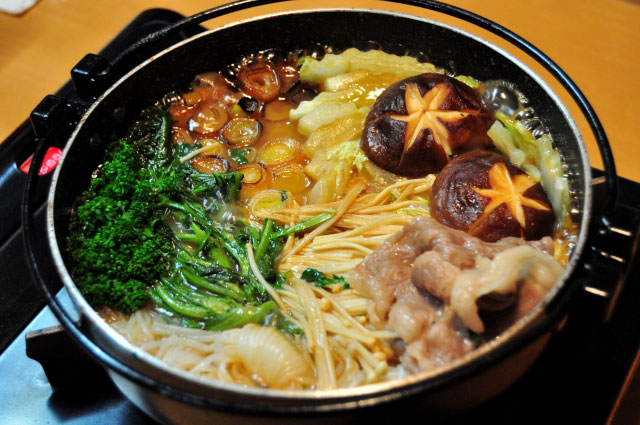Japanese cooking is rich in tradition and precise technique. Whether creating obanzai-style meals at home or high-kaiseki cuisine at the finest restaurant, Japanese cooking tradition, or washoku, is based on five sets of thoughtful principles–five colors, five flavors, five senses, five methods, and five viewpoints. As we begin 2016, we’re introducing the five ingredients of Japanese cooking that serve as the foundation for these principles: sugar, salt, vinegar, soy sauce and miso. 
These five ingredients, known collectively as ryori sa shi su se so, are stocked in almost every Japanese kitchen pantry and are added to foods in this precise order. Herbs and other light seasonings are used to enhance the flavors of these essentials, creating light and tasty dishes. The technique for adding seasoning to food is based on the type of preparation method used for the component of the meal, which traditionally includes rice, soup, broiled fish, poultry or meat, simmered vegetables, a salad and pickles.
In a simmered dish of vegetables, the ingredients are cooked in a liquid that infuses them with savory umami, enhancing and drawing out the natural taste of the vegetables. The vegetables are placed in a pot, water or stock is added, and the sa shi su se so ingredients are added one at a time, building a mixture that is rich, yet delicate. The first ingredient to be used during cooking is sugar, or sato, as its molecules are larger than those found in salt. Adding sugar before any other ingredient allows the sugar molecules to infuse the food, creating a base upon which all other flavors are balanced.
Once sugar is added to the simmering liquid, salt, or shio, is added to temper the sweetness of the sugar and to build complexity on the palate. Salt is a preservative, and prevents chlorophyll from breaking down, keeping green vegetables green during cooking. Salt begins the process of osmosis, allowing bitter liquids to drain out of ingredients. When used in the correct proportion, salt satisfies the palate.
Sugar and salt are only the beginning in Japanese cooking, and with the addition of vinegar, soy sauce and miso, a Japanese dish truly blossoms. In our next post, we’ll discuss how vinegar and soy sauce are used… and how our simmered vegetables continue to develop! We’d love to hear back from you about your experiences as a beginner with Japanese cooking, so leave us a comment below.
Leave a Reply